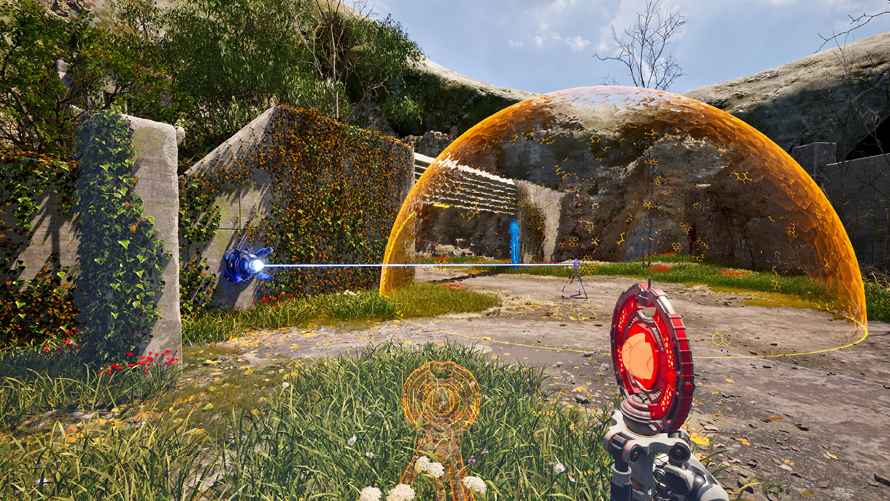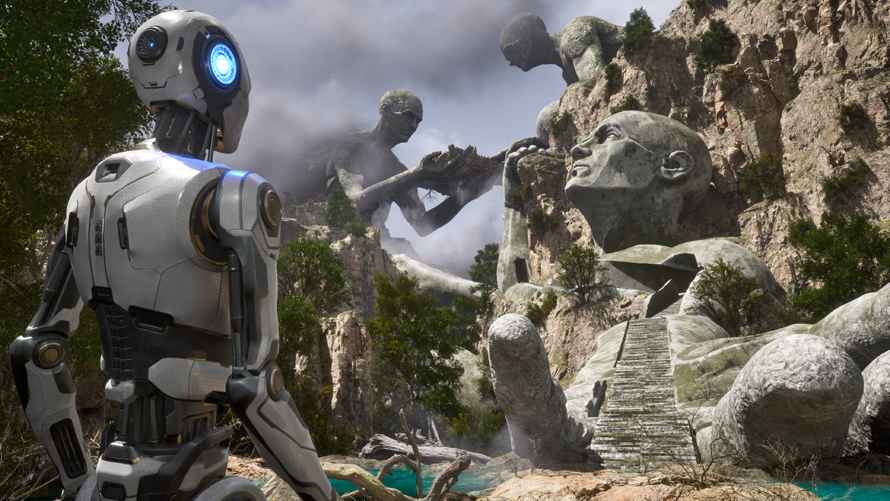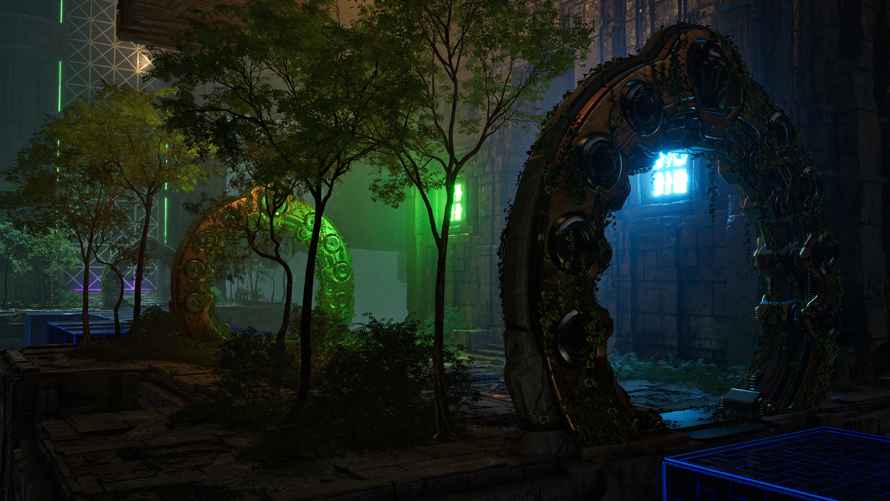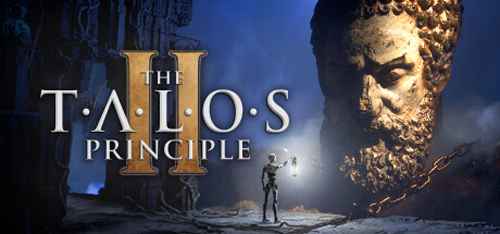The Talos Principle 2 Review
For some fans, puzzle games are the pinnacle genre. The more obtuse the puzzles, the better. To be honest, I’m not in that group. I like puzzles, but I’m not into spending hours scratching my head, or combining a dozen random objects in order to open a door. Those kinds of puzzles seem arbitrary and disrespectful of my time, with scant payoff. The Talos Principle 2 has some pretty thorny puzzles, too, but they’re nested in a thoughtful, emotionally- and intellectually-stimulating setting and story. It’s the opposite of disrespectful.
I, Robot
The Talos Principle 2 has a multi-layered narrative that is placed front and center. In a nutshell, organic humanity has been wiped out, replaced by a race of sentient robots (you’re number 1000) that have created a benign utopia called New Jerusalem. Athena, also known as the Talos Principle, has gone missing. An imposing pyramid called the Megastructure appears on a nearby island, and your task is to gain entrance and investigate. Doing so means activating three towers, each on a different island. Once inside the Megastructure, even more islands are opened up for exploration.

The narrative structure is anything but simple, and much more prominent than in the first game. It’s an excuse to reflect on centuries of human philosophy and some thorny questions of existence. As you explore the islands and solve puzzles, you’ll run into monuments, NPCs, and writings from various historical and contemporary thinkers and writers. Like mirrors, they reflect back the robots’ concerns about the nature of society, morals, and ethics. At its heart, the Talos Principle 2 is still a puzzle game, but with an outstanding and well-written premise.
Take a Pass
So, ok, let’s talk about the puzzles. They range from relatively simple to mind-bogglingly complex. The good news is that the game onboards players pretty well, provided they follow the suggested progression. There are twelve regions and each has eight mandatory puzzles and two optional ones. Rather than kit you out with a load of permanent gear, each group of puzzles relies on a set of tools specific to the zone. By the end of the puzzle group, you’re expected to use all the gear and techniques you’ve learned so far in that zone. Remember how Serious Sam would gradually increase its roster of enemies, so by the end of an area you’d be facing everyone, all at once? It’s no coincidence that Croteam is responsible for both games.
The list of devices you play with is too long to mention. A great many gadgets are aimed at combining, redirecting, and manipulating laser beams and pressure plates in complicated ways. If a puzzle gets to be too frustrating, you can bypass your impatience with tokens called Sparks. These allow you to skip a puzzle and move on. The catch? The Sparks are limited, and in order to get one back, you need to eventually solve the puzzle you skipped. Additionally, you can jump between islands and attack puzzles out of order. It’s unlikely, but not impossible, that you’ll be entirely stuck and unable to do something.

Photographic
Older gamers might remember how impressed they were by the original Myst’s “photorealistic” environments. I felt a little of that wonder at the Talos Principle 2’s incredibly impressive visuals. Thanks to outstanding art design, the game’s various biomes, structures, and characters are detailed and the lighting is appropriately dramatic. By and large, the game is well written and articulate, with an excellent cast of voice actors. A little like your favorite open-world RPG, one of the pleasures of the Talos Principle 2 is simply exploring, meeting NPCs, and finding monuments and other random musings.
Puzzle games generally have a barrier to replayability, which is that once solved, a puzzle isn’t much fun the second time. The Talos Principle 2 solves this puzzle by having multiple endings and puzzles that you may have skipped your first time. The downside is that you need to replay the whole game in order to access them. And Talos Principle 2 is not short. Adroit puzzlers can expect to spend 30+ hours on a single playthrough.

Build It Better
The Talos Principle 2 builds on the foundation of the first excellent game. It has a rich, thoughtful narrative where the puzzles aren’t just moving laser beams, but trying to figure out what it means to be part of a society. Moving the laser beams is fun, too, and there are enough systems to make those puzzles accessible but challenging. The Talos Principle 2 gives players a lot to think about.
***PC code provided by the publisher for review***
The Good
- Beautiful art and graphics
- Ingenious and varied puzzles
- Well written and acted
- Ability to skip some puzzles
The Bad
- Difficulty spikes
- Replayability a little limited
- A few busywork puzzles

